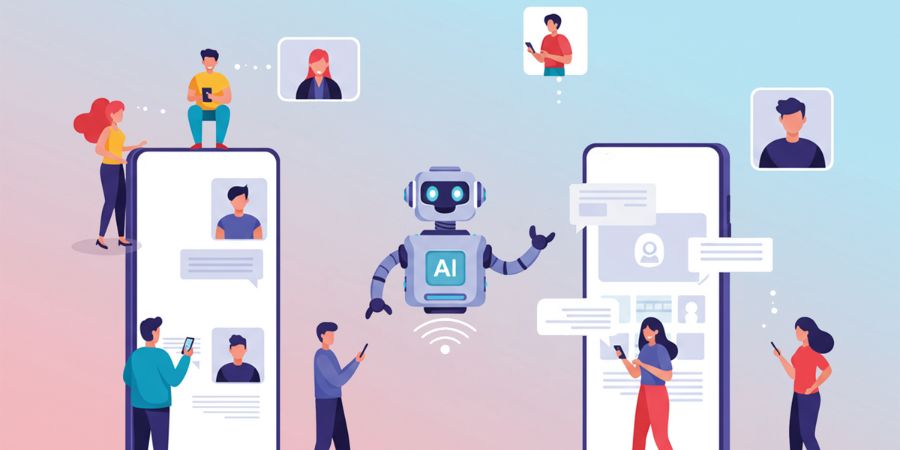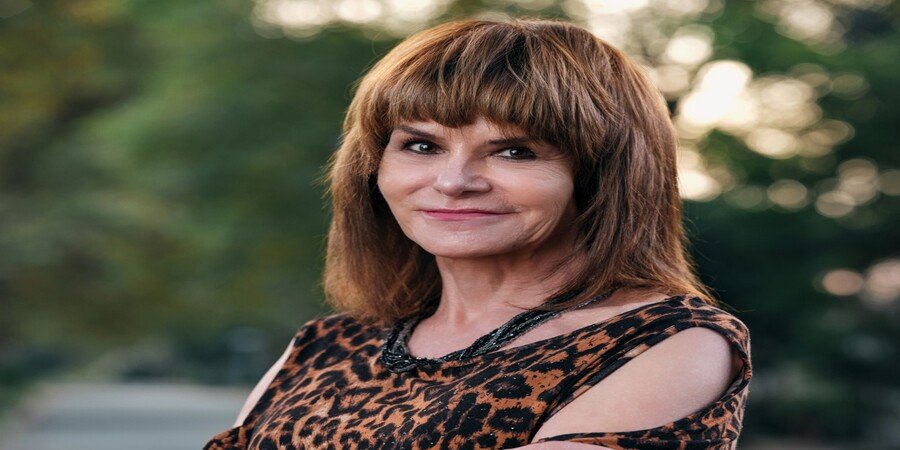The movie industry is giving out millions of dollars and allocating hundreds of hours just for one movie to be made, but what if the whole process of getting photographers, sound engineers as well as the physics of the whole place departed, and that in no time? The instrument responsible for such a revolution is the Sora 2 AI. It is not just a question of faster heavy lifters; it is about changing their roles.
AI filmmaking powered by Sora 2 AI will not require the huge number of people, expensive camera equipment, and complicated transportation that are usually associated with traditional filmmaking. The transition has already started, thus it is altering the process of making a film and signaling the future of filmmaking with AI video generation models.
What Sora 2 AI Brings to Filmmaking: Features and Capabilities
Sora 2 AI is the turning point in the visual storytelling domain with its features.
- In the first place, it is the text-to-video generation and image-to-video generation: The model can take a written prompt or a still image and produce a video that is full of movement and sound.
- Then, there comes the physics-accurate world simulation: The previous AI filmmaking models used to generate the unreal animation or the objects that suddenly appeared and disappeared. But Sora 2 AI is applying the real-world physics simulation in its motion, taking care of aspects like the force, the passing of time, and the interaction of the objects with each other and their permanence.
- Moreover, Synchronized audio is a great feature of Sora 2 AI: Whereas the older systems designed the visuals and the sounds separately, Sora 2 AI produces the dialogue, the background noises, and the effects in perfect harmony with the pictures.
- Narrative coherence across multi-shots is another great quality of Sora 2 AI: The different scenes have the same characters, same locations, and same props so that the creation of full storylines instead of fragmented clips becomes easier.
The combination of these features, however, indicates that the filmmaking, the need for real actors, and sets, the use of large crews, and the long post-production are no more necessary.
In summary, the features of Sora 2 AI are a powerful challenge to such long-held beliefs about the limits of visual storytelling. This shows how video production technology is enabling Sora 2 AI replacing traditional filmmaking faster than imagined.
Why Traditional Filmmaking Faces a Challenge Now
Traditional filmmaking still is a laborious and costly process. Apart from the actual shooting and location, that is, travel, permits, lights, sound, set design, and many others, inputs are also required in the post production of the film where the editing, sound mixing, visual effects, color correction, and the combining of footage from different cameras and takes are done.
Delays are a common occurrence because of various reasons like weather, actor schedules, lighting changes, or reshoots.
However, Sora 2 AI is a reality changer. A filmmaker can now portray a whole scene in one prompt: “Interior night rooftop conversation, golden sunset light, two characters arguing, camera moves from wide shot to close-up, ambient traffic sound, distant thunder.” There is no need to rent a rooftop, plan for a sunset, or record background noise, the model does it all digitally.
This means a complete turnaround to how budgets, schedules, and creative workflows are arranged. The creative execution that was usually waiting for the time-consuming logistics has now become immediate.
Practical Examples of How Sora 2 AI is Shifting Production Workflows
The transformation is already apparent in the way creative teams work.
Previously, a small ad agency needed the entire team to produce a 10-second marketing video but now it can write a prompt, edit it, produce multiple versions and pick the best one all within a few hours. The work that took days or weeks is now done in no time at all.
This is no less true for directors working independently, who can do all this in a very powerful way. The director utilizing low budget can immediately try visual styles, storyboards, and scene compositions and the cost of such experimentation will be nothing.
Moreover, even storyboarding undergoes a transformation. Rather than just drawing, filmmakers will be able to make rough animated versions of scenes, try out different camera angles, and determine the timing for the whole movie before the actual production starts.
The evolution of technology played a role in this change; just as in the case of DSLR cameras when they became affordable in the early 2000s. Independent filmmakers could then get studio-quality visuals with smaller crews. Sora 2 AI is the next advancement. But this time “the camera crew” can be one artist using text orders and “the set” can solely be a virtual one. This is the clearest sign of Sora 2 AI replacing traditional filmmaking and the progress of video production technology that powers the future of filmmaking with AI video generation models.
What This Means for Filmmakers, Producers, and Storytellers
The arrival of Sora 2 brings both opportunities and challenges for the creative industry.
The arrival of Sora 2 AI brings both opportunities and challenges for the creative industry.
- Cost redistribution: Budgets previously allocated for equipment, travel, and logistics will now be diversely allocated to the areas of prompt engineering, model access, and digital editing. The producer will arrange the lighting trucks less and spend more on prompt and digital assets refinement.
- Shift in skill sets: Directing will be more and more about enlightenment AI with the help of prompts and parameters, not about managing sets or actors physically. The storytelling still remains the core of the process, but the ways of execution vary.
- Faster production cycles: The reduction of the physical limitations means that projects can be completed in much less time. The speed that comes with it will be a competitive advantage for industries that demand quick turnaround such as advertising, social media, and digital content.
- Democratization of filmmaking: The power to make movie like images without costly setups, is a great opportunity for more storytellers to go the way of visual narration. It is like comparing the experiences of sculpting with marble and clay. Traditional filmmaking is similar to carving marble, extremely time-consuming and expensive. AI-like clay allows creators to easily shape, test their ideas, and master the final product.
Film-producing the old way will be there for sure but especially in big-scale projects with a lot of human intervention or real-world elements. A considerable part of mid-level and independent productions will, however, be leaning towards AI-assisted methods. The whole thing may happen earlier than one expects because of how powerful Sora 2 is already.
The Larger Shift in Creative Thinking
The launch of Sora 2 AI is not merely a matter of tool replacement. It indicates a change in the mindset of creative professionals regarding storytelling in its entirety.
Physical filming limitations have been lifted, and now storytellers can go to the extent of narrating their stories that were impossible to capture. The use of new technologies, such as CGI, has made it easier and cheaper to produce imaginary worlds, historical reenactments, and intricate visual effects. The new wave of text-to-video generation tools is part of this larger evolution of video production technology.
The focus of writers and directors has now shifted from production limitations to narrative depth, emotion, and symbolism. Editors and designers can visualize the scenes before shooting. The degree of creative freedom has come by in the form of visual storytelling. This illustrates the future of filmmaking with AI video generation models and confirms how Sora 2 AI replacing traditional filmmaking is transforming every step of creativity.
Conclusion
Sora 2 AI not only paves the way for a new tool but also reshapes the very basis of filmmaking. A creative prompt and proper guidance now help to get done what was a result of extensive planning, manpower, and heavy financial involvement.
This shifts the thinking about the distribution of time, money, and skills. The filmmakers and producers have to put different questions. They should not ask shooting methods that are more efficient; instead, they should ask how to create more imaginatively.
This tech’s reach is quite broad and it covers every aspect of the creative world; cinema, advertising, education, and even virtual experiences are all affected. no matter if you are a big studio, a small agency, or an independent storyteller, early adaptation to this change flocks the competitors along with the setters of the future of visual narratives to you.
The transition has already happened and the current users of AI video generation models will be the ones driving the future of film industry’s adoption of such tech. The success of AI in filmmaking, video production technology, and text-to-video generation is proof of the shifting of film industry workflows by AI tools like Sora 2. The truth of the matter is, it is not about when Sora 2 AI will take over traditional filmmaking anymore, but the question is when.



